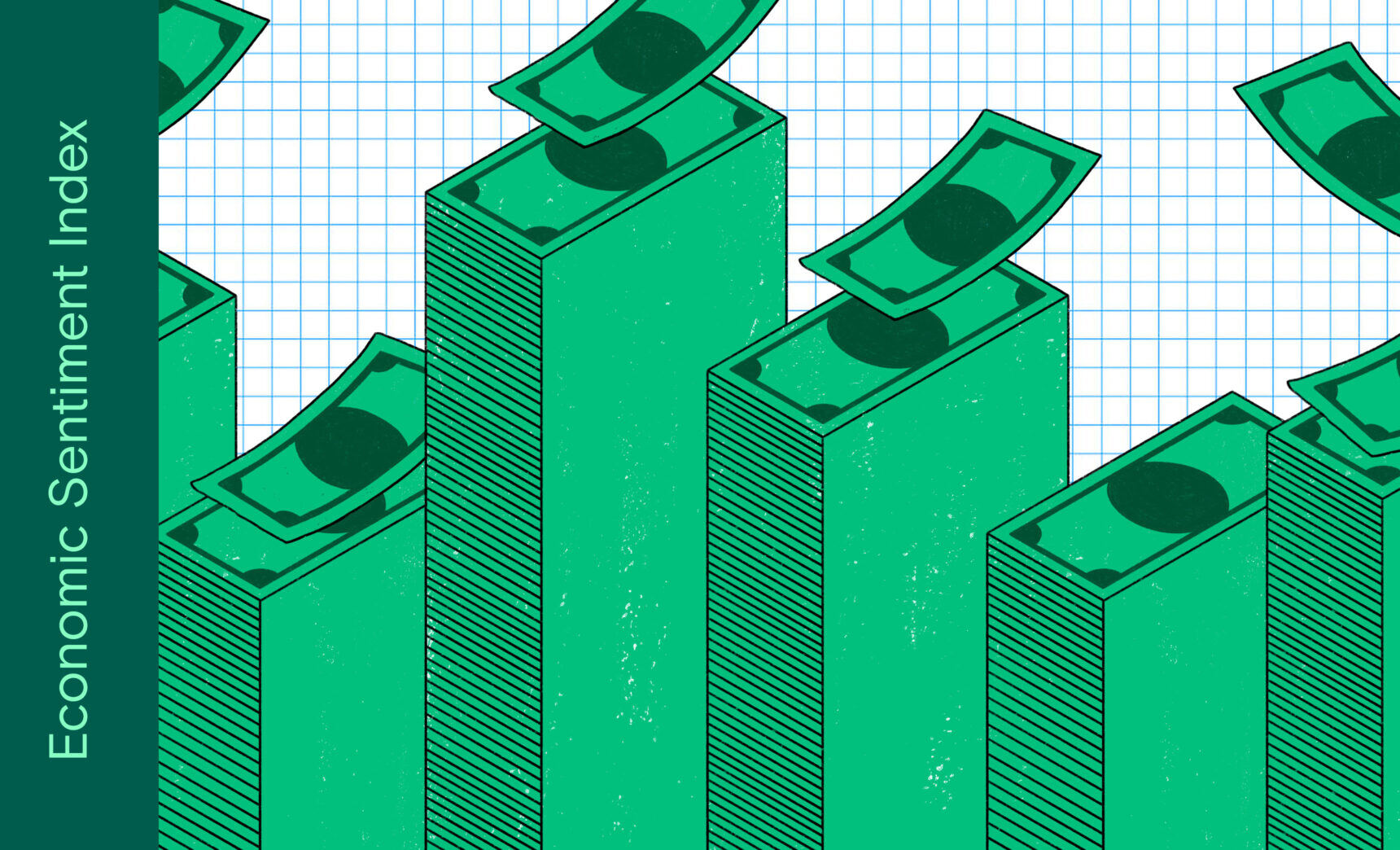
The latest biweekly reading of the Penta-CivicScience Economic Sentiment Index (ESI) increased by 1.0 points from 33.4 to 34.4, recovering after three consecutive periods of declines.
Four of the ESI's five indicators increased during this period. Confidence in making a major purchase increased the most, rising 2.1 points to 26.3.
—Confidence in finding a new job increased 1.9 points to 31.6.
—Confidence in buying a new home increased 1.1 points to 25.6.
—Confidence in the overall U.S. economy increased 0.5 points to 37.0.
—Confidence in personal finances decreased 0.8 points to 51.5.
On July 15, the Bureau of Labor Statistics released the Consumer Price Index (CPI) report for June, showing a 0.3 percent increase in overall inflation and a 0.2 percent rise excluding food and energy. This follows a 0.1 percent monthly increase in all items reported for May. Year-over-year, the CPI increased 2.7 percent, following May's 2.4 percent increase. These numbers were in line with economists' predictions and mark the highest yearly inflation rate since February. The index for shelter rose 0.2 percent in June and was the primary factor in the rise in monthly CPI. Meanwhile, the energy index rose 0.9 percent, and the food at home index increased 0.3 percent.
On July 2, President Donald Trump announced on Truth Social that the U.S. had reached a trade deal with Vietnam. The deal imposed a 20 percent tariff on Vietnamese goods and a 40 percent tariff on goods that originated in a different country. In exchange, the U.S. goods will not face a tariff in Vietnam. A final version of the deal has yet to be released.
On July 7, President Trump delayed implementation of the "reciprocal" tariffs until August 1. This decision came amid the president's threat of an additional 10 percent tariff to "Any Country aligning themselves with the Anti-American policies of BRICS," and his announcement that many countries—such as Japan and South Korea—will be subject to adjusted, often higher, tariffs starting August 1. The president has subsequently introduced additional tariff measures on other nations starting August 1, including a 35 percent tariff on Canada and a 30 percent tariff on goods from both the EU and Mexico. Following these announcements, on July 15, President Trump posted that the U.S. has reached a trade deal with Indonesia, with details forthcoming.
On July 3, the Bureau of Labor Statistics released its June Jobs Report, showing that total nonfarm payroll employment increased by 147,000 jobs while the unemployment rate ticked down 0.1 percentage points to 4.1 percent. These gains were well above the 110,000 jobs predicted by economists polled by the Wall Street Journal. The top sectors for employment increases were state government and health care, while job losses were largely from the federal government.
The ESI's three-day moving average began the two-week stretch at a low of 29.8 on July 2. It then increased, rising to a high of 35.9 on July 6 before falling to 33.9 on July 9. It remained steady at 33.9 on July 10 before rising to 35.7 on July 12. The three-day moving average then oscillated and ultimately fell to 34.2 to close out the session.
The next release of the ESI will be on Wednesday, July 30, 2025.